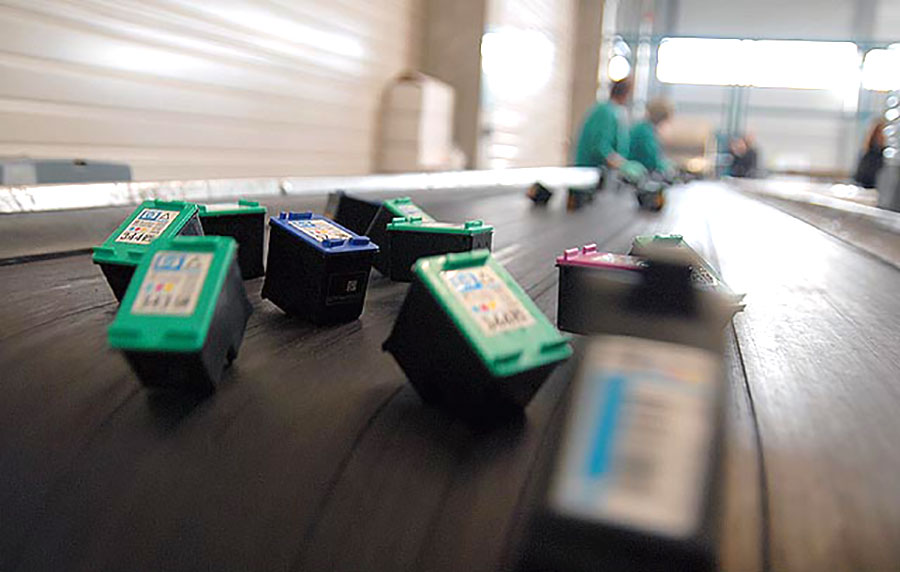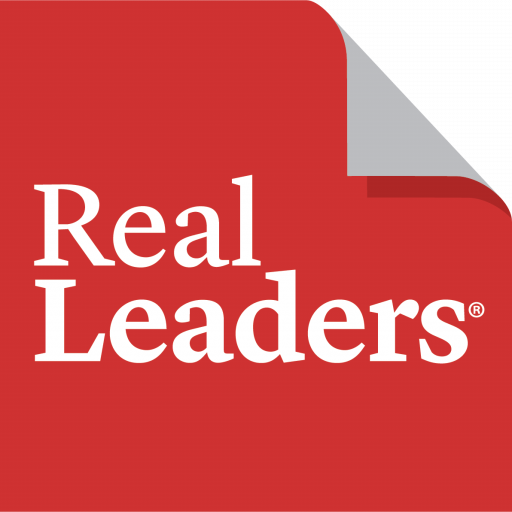For many businesses, office printing represents one of the largest expense categories, and yet few business leaders give it much thought. Some companies attempt to create a paperless office, and then they face all of the practical challenges and security uncertainties that accompany making that shift. Others ride a status quo that tacitly allows printing of any kind.
But for executive leaders who are constantly looking for ways to remain competitive and improve how they do business, the answer typically lies between those two extremes.
By switching to secure print solutions and fostering more mindful printing habits around the workplace, businesses can not only save millions of dollars, but they can also slash their carbon footprints significantly. The transition doesn’t happen overnight, but it soon leads to a more cost-efficient, secure, and healthy business.
The Simple Beauty of Mindful Printing
Today, some of the most effective business leaders have legacy-driven mindsets; they focus on taking actions that produce lasting results and have sustained positive impacts on their companies and their people. Initiating change in the way people print may not sound particularly exciting or revolutionary at first, but the mindful habits that a sustainable print strategy instills in employees will have a beneficial, evergreen influence for years to come.
Simply put, mindful printing reduces the amount of resources your company consumes.
When people understand the impact of each decision to print, they typically become more conscientious of their roles in meeting the company’s cost-savings and sustainability goals. This isn’t to suggest that employees should never print something that isn’t part of a required business process or workflow — it’s about fostering awareness and mindful habits.
A company comprised of people who understand the costs associated with printing and how mindful printing habits align with company goals will inevitably consume fewer resources and spend less money. Beyond the paper, ink and toner, and all of the resources that go into creating those consumables, you have to factor in total energy costs and the labor costs of IT resources tasked with managing print.
When demand for print is mindful across the enterprise, you also need fewer printing devices to meet that reduced demand. Fewer devices means less time and money spent to maintain a printer fleet. In our experience at Pharos, this factor alone has resulted in significant savings for many companies. We’ve found that on average, a company with 10,000 employees can save upward of $1.5 million every year by implementing the right print strategy.
Mindful print solutions improve a company’s security as well. Employees print to a secure, encrypted network queue and then use their identification or access cards to authenticate at whichever device is most convenient for them. This simple, flexible workflow encourages employees to think before they print, ensures document confidentiality, and practically eliminates “tray trash” — those uncollected, forgotten documents you often see in or around a printer, waiting for the wrong hands to them pick up.
It also enables the company to monitor who’s printing what and at how much cost. These insights reveal ongoing opportunities for improvement toward meeting cost-savings and sustainability goals.
Fostering Mindful Print Practices in the Workplace
Obtaining the right technology for secure printing is fairly straightforward. That solution alone goes a long way toward making people think about their printing choices. But to get the most out of any print management solution, you have to establish more mindful printing habits across the organization to reduce the overall demand for print.
Here are three ways you can encourage staff to be more mindful with their printing choices:
1. Establish printing policies, and make employees aware of them.
Print management software will help you figure out where the most waste is occurring. But even before that, there are some obvious places to start policing, such as personal printing. Printing from email clients and web browsers is rarely essential for business, and with the exception of marketing or presentation materials, who really needs to print in color? It’s often eight times more expensive than black and white, sometimes more.
You don’t have to set absolute rules or create the impression that the company is “cracking down” on print. The occasional personal document isn’t going to tank your budget on its own. But policies designed to inform employees about the cost of printing and that encourage people to think more critically about whether something really needs to be printed — that’s how you reach the tipping point.
2. Be a role model.
Modeling desired behavior is an underappreciated form of business leadership. Leading by example is an extremely effective way to encourage employees to embrace change.
In other words, clean up your own house before asking others to do likewise. Be a steward of print by illustrating through action the positive effects that reducing print volumes can have on your company.
3. Communicate, communicate, communicate.
Help employees understand the rationale behind your new printing policies, and explain how they can be proactive agents of change. Presenting the shift to a more sustainable workplace as a strategic cause will engage their minds and hearts, and it will make the job of managing the change far easier.
Look at it as an internal marketing campaign for your employees. Sell them on the value of mindful printing — whether it’s the money the company will save or its positive impact on the environment. Whatever the angle, make sure your employees can understand and internalize it as more than just a directive from the top, but as an important goal they should be eager to help the company to reach.
Breaking out of old habits is never easy — at Pharos we know this firsthand. Having guided a variety of organizations through the transition to more mindful printing, we understand just how difficult managing change can be for business leaders.
Clear communication increases cooperation. When employees are able to understand why the changes are being made, as well as their own roles in carrying them out, your company can move forward as a unified front — with each person committed to creating a better future.
Dale McIntyre serves as a vice president at Pharos Systems International, an enterprise print solutions provider based in Rochester, New York. Dale provides strategic leadership in the areas of sustainability, brand, and customer engagement. He regularly shares his unique sustainability perspective on print strategy through blogs, webinars, and appearances.




































